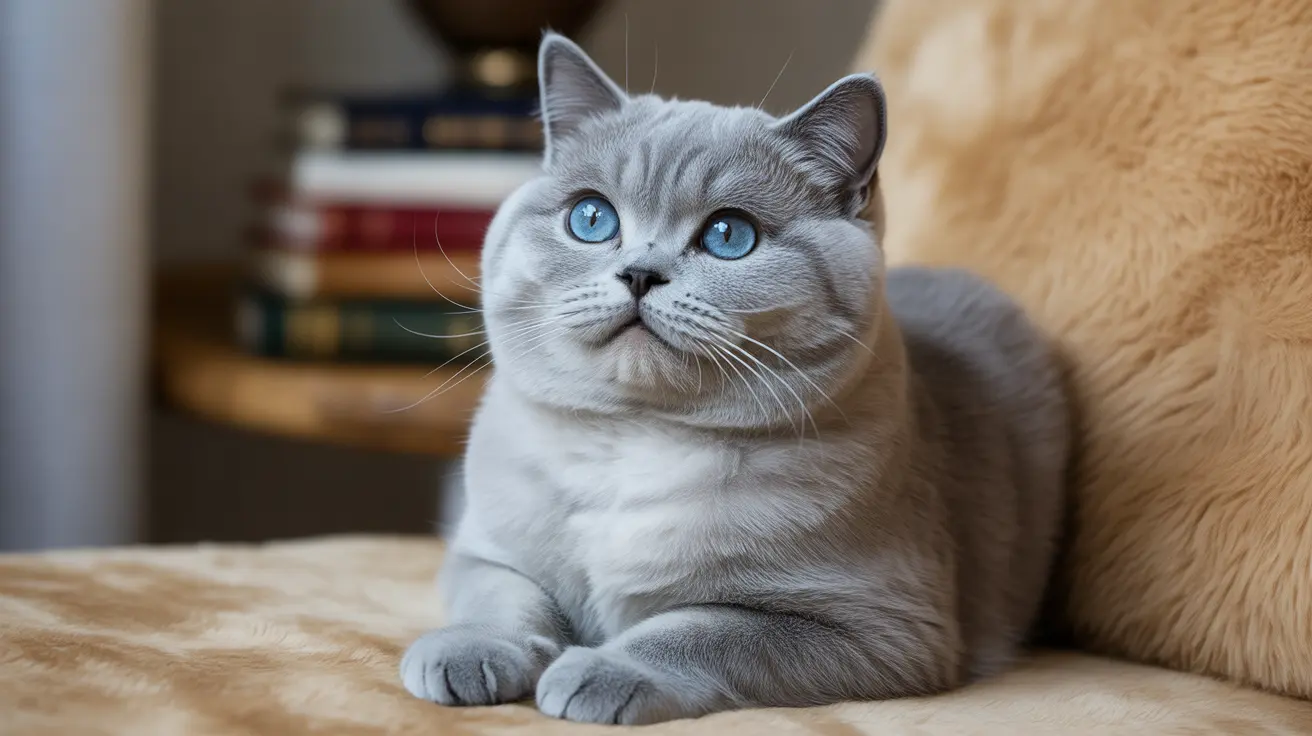The Science Behind Cat Facial Expressions
Recent scientific research has revealed that cats can produce up to 276 unique facial expressions using 26 distinct facial muscle movements. These expressions combine movements of the ears, eyes, whiskers, and mouth to create a sophisticated communication system that helps cats interact with both their feline companions and human caregivers.
Common Cat Facial Expressions and Their Meanings
The Content and Relaxed Cat
A happy, relaxed cat displays several telltale signs:
- Forward-facing, softly positioned ears
- Half-closed eyes or slow blinking
- Relaxed whiskers that curve naturally
- A peaceful, closed mouth
The Alert and Curious Expression
When your cat is interested in something, you'll notice:
- Ears pricked forward and attentive
- Wide eyes with normal-sized pupils
- Forward-pointing whiskers
- An alert, focused expression
Reading Signs of Stress and Anxiety
Recognizing stress in your cat is crucial for their well-being. Watch for:
- Flattened or sideways-pointing ears
- Dilated pupils and wide eyes
- Tense whiskers pointing forward
- Crouched posture and attempted hiding
Pain and Discomfort Signals
Cats often try to hide their pain, but their faces can reveal discomfort through:
- Squinting or tightly closed eyes
- Flattened ears turned outward
- Tense facial muscles
- Whiskers pulled back against the face
The Power of the Slow Blink
The slow blink, often called a "cat kiss," is one of the most important facial expressions in cat-human communication. When your cat slowly closes and opens their eyes while looking at you, they're expressing trust and affection. Returning this gesture can help strengthen your bond.
Frequently Asked Questions
How can I tell if my cat is relaxed and happy by their facial expressions?
Look for forward-facing ears, half-closed eyes, relaxed whiskers, and a calm, closed mouth. Slow blinking and a loose, comfortable posture are also positive signs.
What do my cat's ears, eyes, and whiskers mean when they look alert or curious?
Alert cats display forward-pointing ears, wide eyes with normal pupils, and forward-oriented whiskers. Their body language will be attentive and focused on the object of interest.
How do cats show stress or anxiety through their facial expressions and body language?
Stressed cats exhibit flattened ears, dilated pupils, tense whiskers, and may crouch or hide. They might also avoid eye contact and keep their body low to the ground.
What signs in my cat's face indicate pain or discomfort that require veterinary attention?
Watch for squinting eyes, flattened ears turned outward, tense facial muscles, and whiskers pulled back. Changes in normal behavior and grooming habits should also prompt veterinary consultation.
How can slow blinking strengthen the bond between me and my cat?
When your cat slow blinks at you, reciprocate by slowly closing and opening your eyes while facing them. This peaceful exchange communicates trust and affection, helping to deepen your relationship.
Conclusion
Understanding cat facial expressions is key to being a responsive and attentive pet parent. By learning to read these subtle cues, you can better meet your cat's needs and build a stronger, more meaningful relationship with your feline companion. Remember that each cat is unique, so take time to learn your pet's individual expression patterns and what they mean in different contexts.






